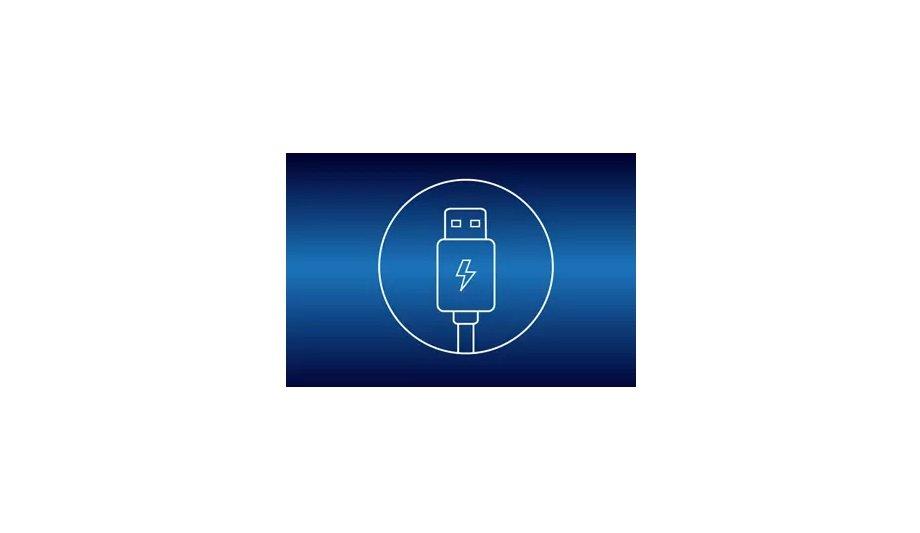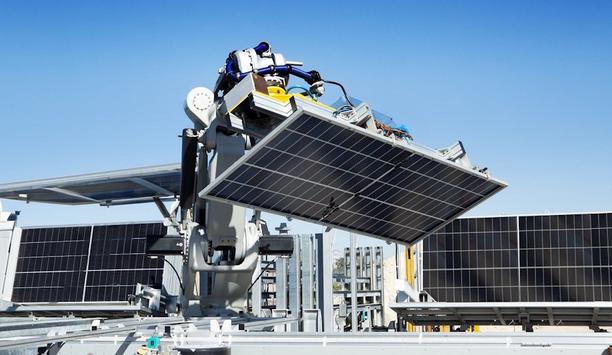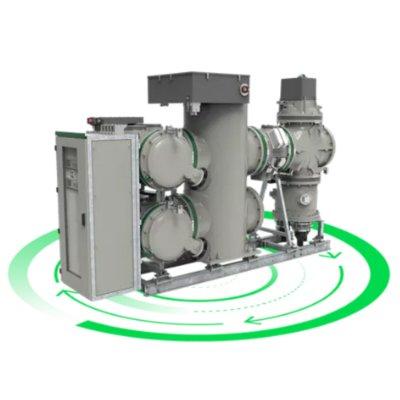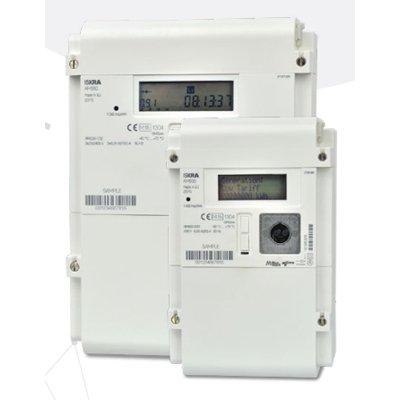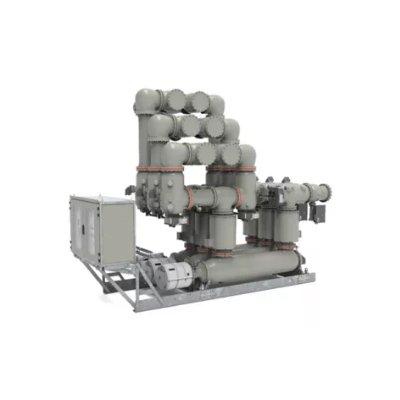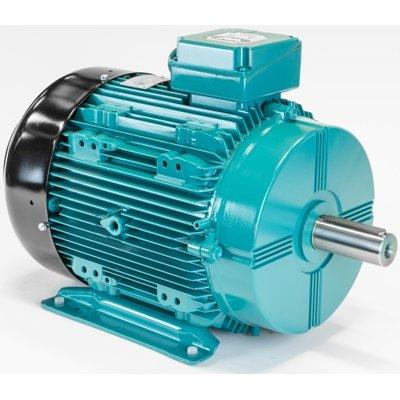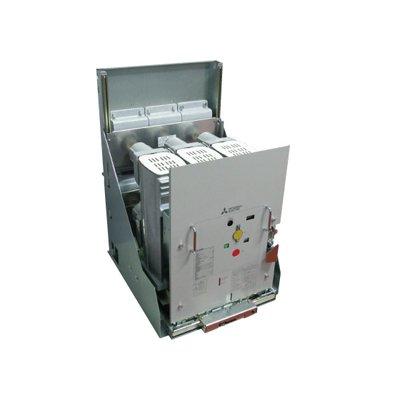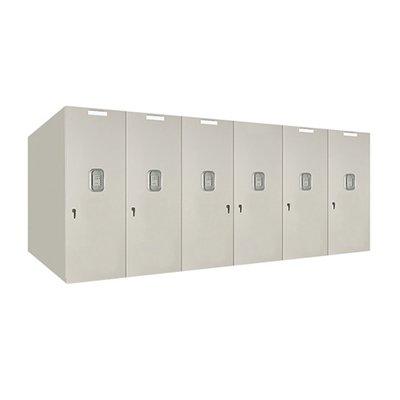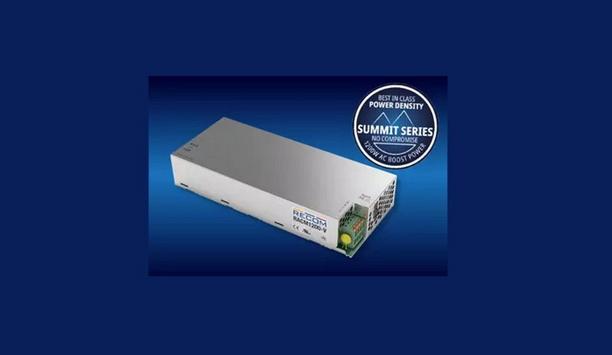The existing USB standards permit a maximum charging current of either 500mA (USB 1.0, 2.0) or 900mA (USB 3.0), with a fast charging current limit of 1.5A.
The amount of power the charging device can safely deliver is identified by placing either fixed voltages on the D+ and D-lines or by fitting a resistor between these two data line connections, which tells the portable device that it is connected to a Dedicated Charging Port (DCP). Unfortunately, different manufacturers have different specifications, so there is no universal solution (Fig.1).

USB3.1 standard
However, even portable devices fitted with a USB-C connector can still be charged via a legacy charger
Partly to avoid this confusion, the USB3.1 standard introduced a battery charging specification that allowed the portable device to communicate with the charger to set variable output voltage, current, and power limits appropriate for the charging capabilities of different portable devices and the connector variant used (type A, B, micro-B, type C).
However, even portable devices fitted with a USB-C connector can still be charged via a legacy charger as the USB standards are backward compatible, it may just take longer to charge compared to a dedicated USB 3.1 charger.
Using a RECOM Converter as a USB charger
For many portable devices, a USB connector with the D- and D+ pins simply shorted together will be accepted as a DCP. In the following example, the low-cost R-78E series buck converter is used to give a low-cost DCP solution:

The solution shown in Figure 2 will work well with 12 or 24 VDC fixed voltage supplies or with 12V lead-acid batteries. If a 24V lead acid battery is used as the supply, then the R-78C5.0-1.0 (pin compatible) is recommended as the input voltage range then goes up to 42 VDC. The series diode is required for battery-powered USB chargers for reverse polarity protection.
D+ and D- pins
For these devices, it is necessary to add a charging port controller IC to auto-detect which device is plugged in
Some portable devices will refuse to charge unless the D+ and D- pins are connected to the appropriate identification voltages/resistances as shown in Fig.1.
For these devices, it is necessary to add a charging port controller IC to auto-detect which device is plugged in and to set the correct identification response to allow charging to start.
TI TSP2514 charging port controller
In the following example, the TI TSP2514 charging port controller is used in conjunction with the RPMB5.0-2.0 SMD-mount buck converter to deliver up to 1.5A continuous charging current (fast-charge capability) for a wide range of portable devices:

The example shown above is suitable for 12V or 24V battery supply voltages, but if a higher input voltage range is required (for example, for use with a 48V li-Ion battery source), then a converter that can handle an input voltage of up to 60VDC is needed to cope with the higher charging voltage. The RPMH5.0-1.5 is an ideal candidate.
under-voltage protection
Adding a resistor divider across the input to the enable pin allows under-voltage protection - with the values shown, the converter will switch itself off if the input voltage drops below 20V, protecting the battery from a damaging deep discharge condition.

There are some applications where an isolated charging port is required (for example, to avoid short circuits if the output pins are accidentally crossed with the supply.
RS6 series
RS6 series has the advantage of a built-in under-voltage lockout which will stop the battery from being damaged
A suitable solution would be the RS6-4805S which can deliver up to 1200mA in a tiny SIP8 format. The RS6 series also has the advantage of a built-in under voltage lockout which will stop the battery from being damaged by a deep discharge, 1.6kVDC/1minute isolation, 100V surge withstand, and ±1kV transient protection using a TVS diode.
If more power is needed, the RS12 series will deliver up to 2.4A in the same SIP8 pinout.

